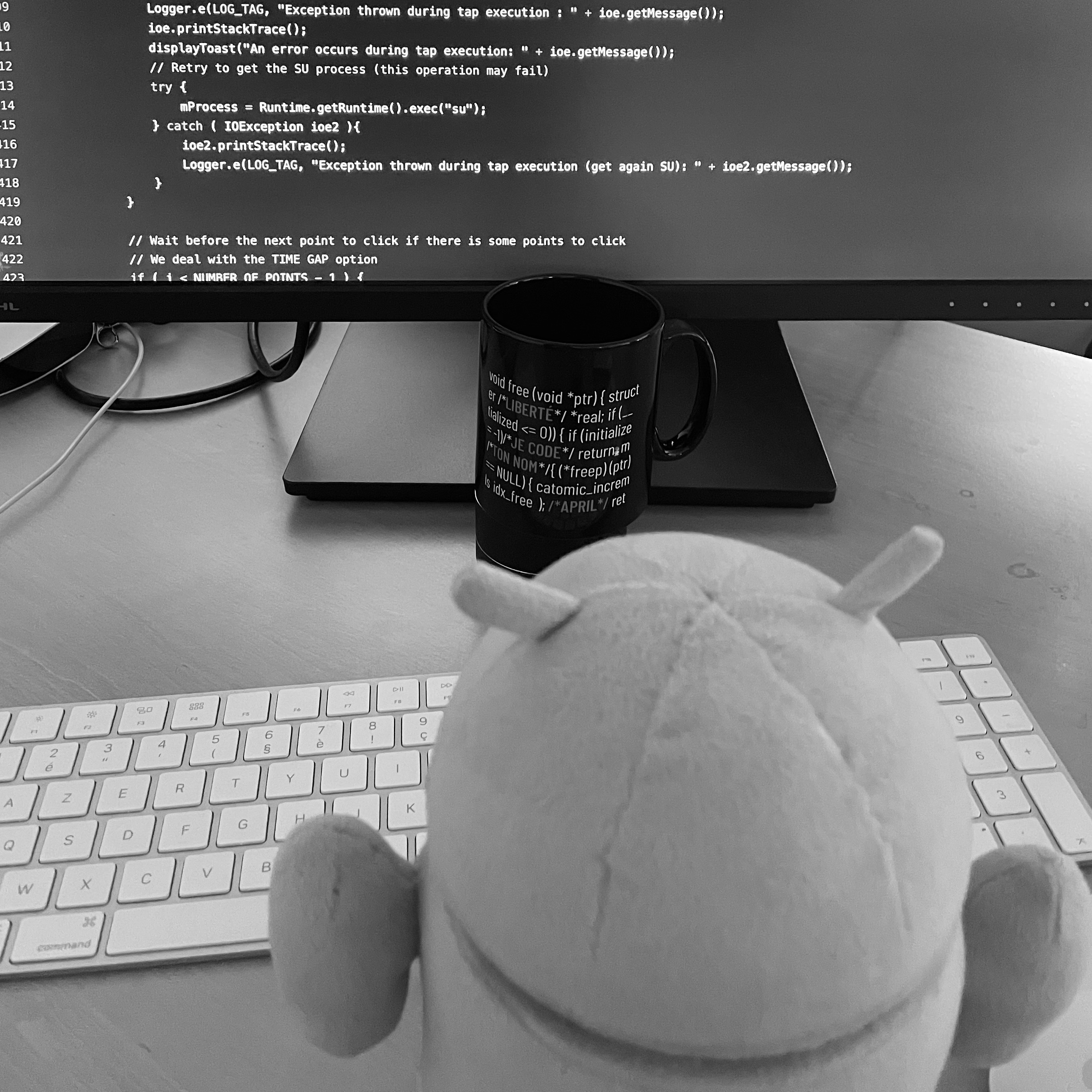

Maybe Futo should move to “post open source” like “open core” principles.
Today majority of standards rely on definition accepted by a majority of people since decades, i.e. the open source definition by the OSI (https://opensource.org/osd), the free / libre definition of the FSF (https://www.gnu.org/philosophy/free-sw.en.html), and the principles of ethical source by the OES (https://ethicalsource.dev/what-we-believe/). Trying to apply new definitions is very hazardous, will induce lack of consistency and may make people more confused.
However, like the OES did for ethical source licences, defining a new group of ideas / licences with associated values seems to be more interesting, like few years ago with “open core”, and also “copyfarleft” and “copyjustright”.
In a nutshell, why changing the rules of the game instead of creating a new game? 🙂




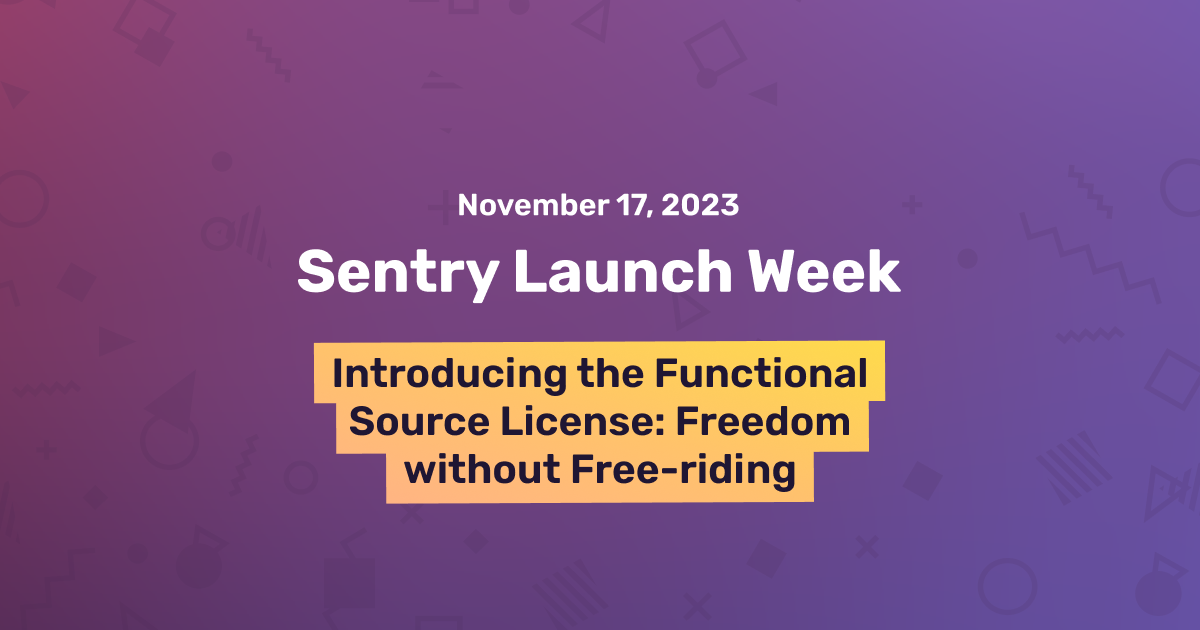


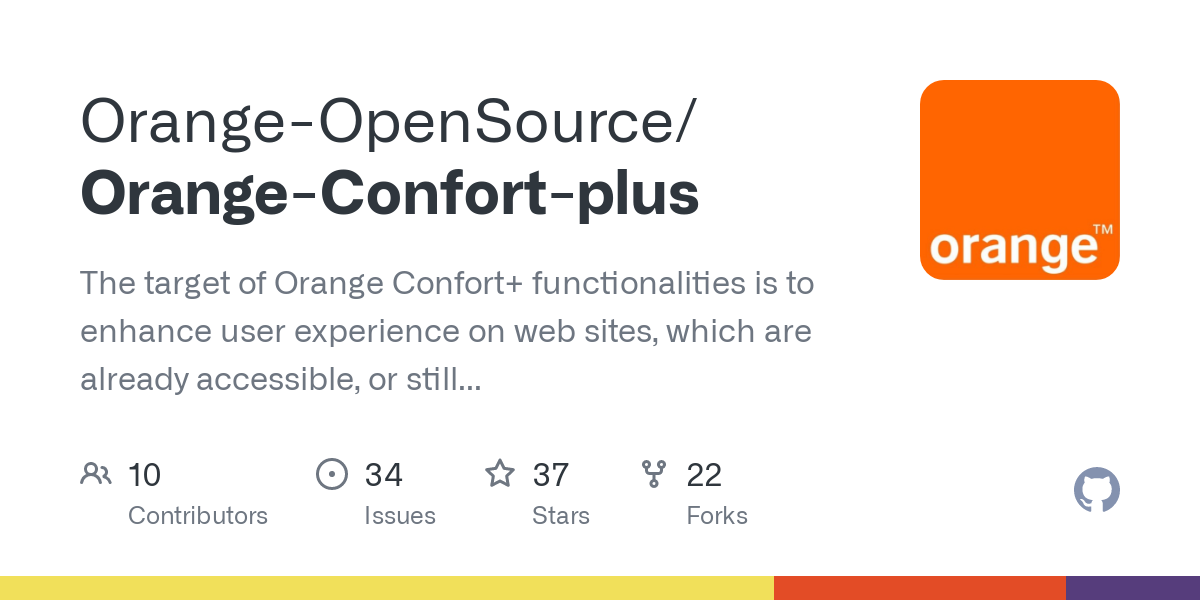
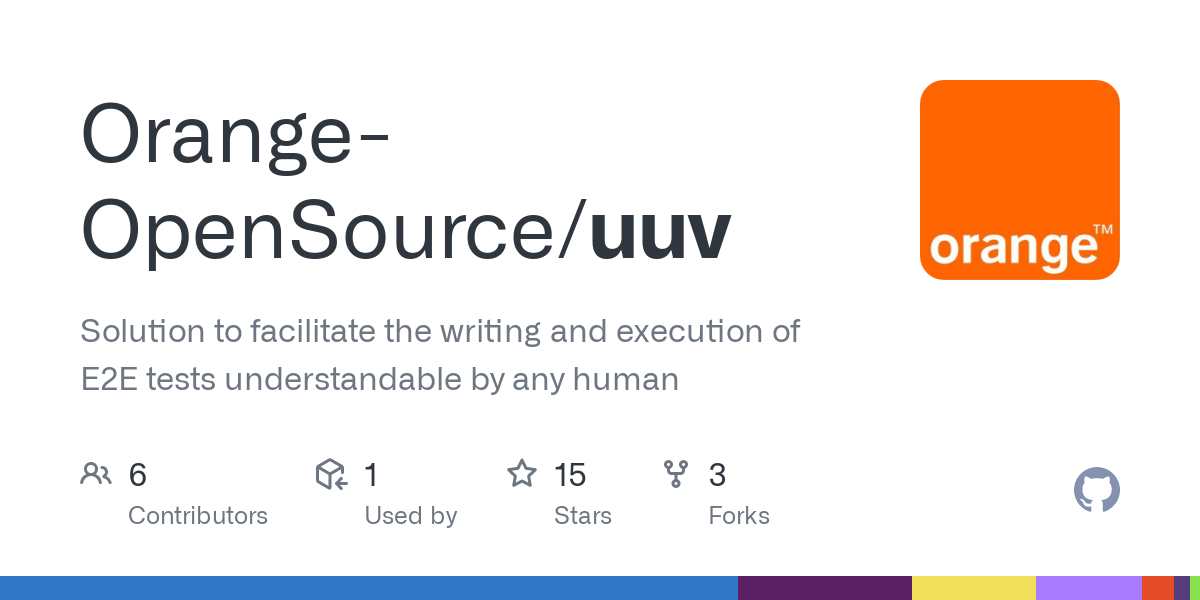
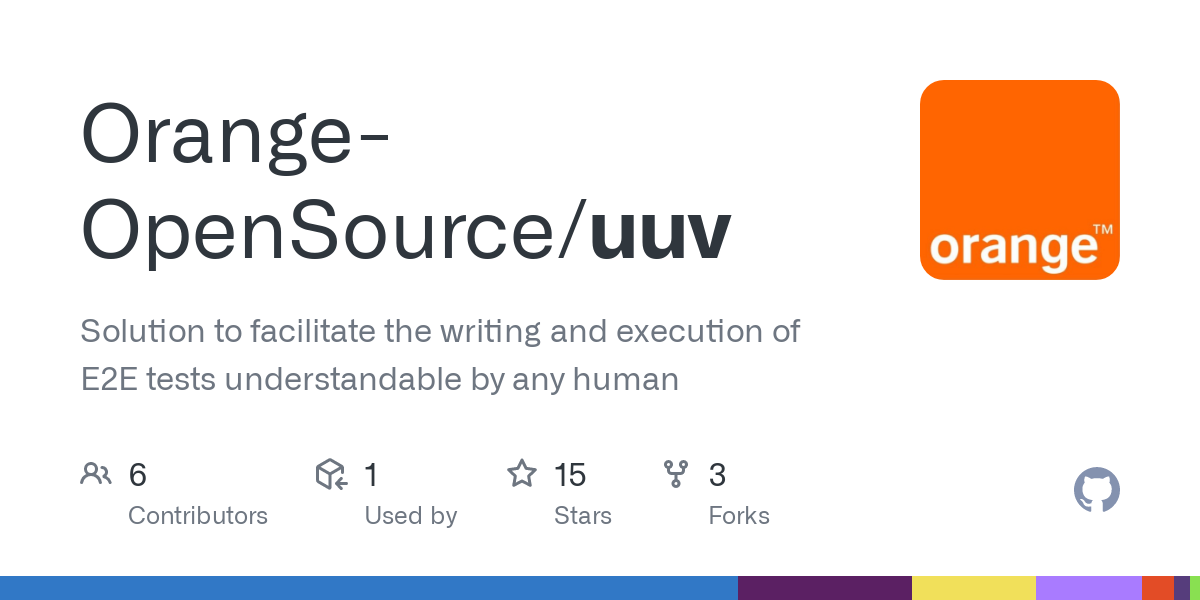
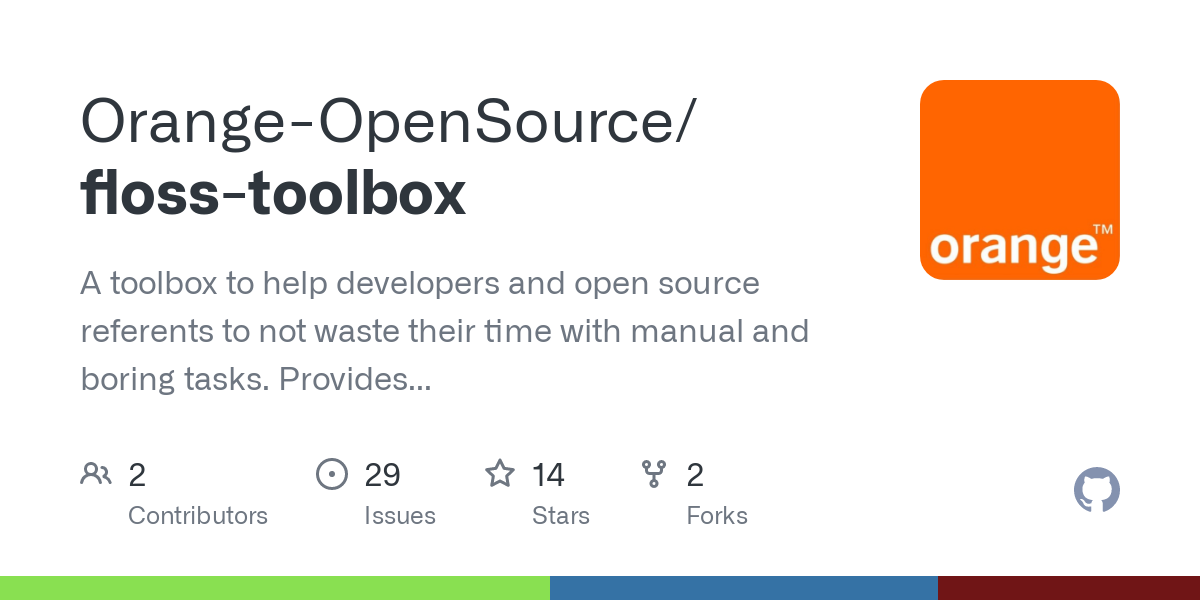
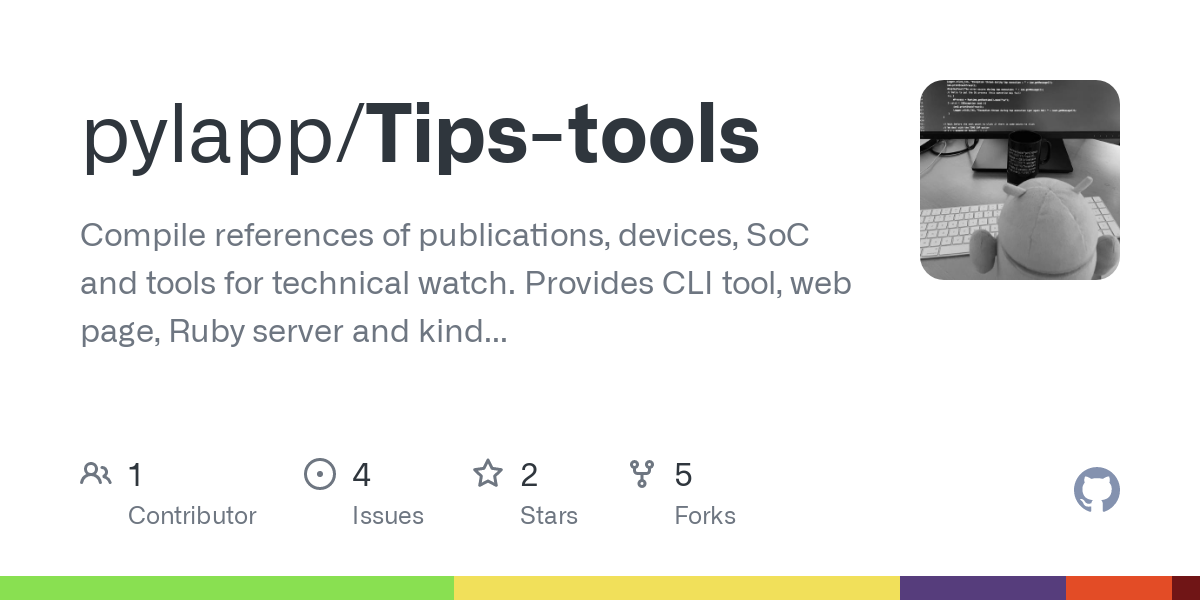
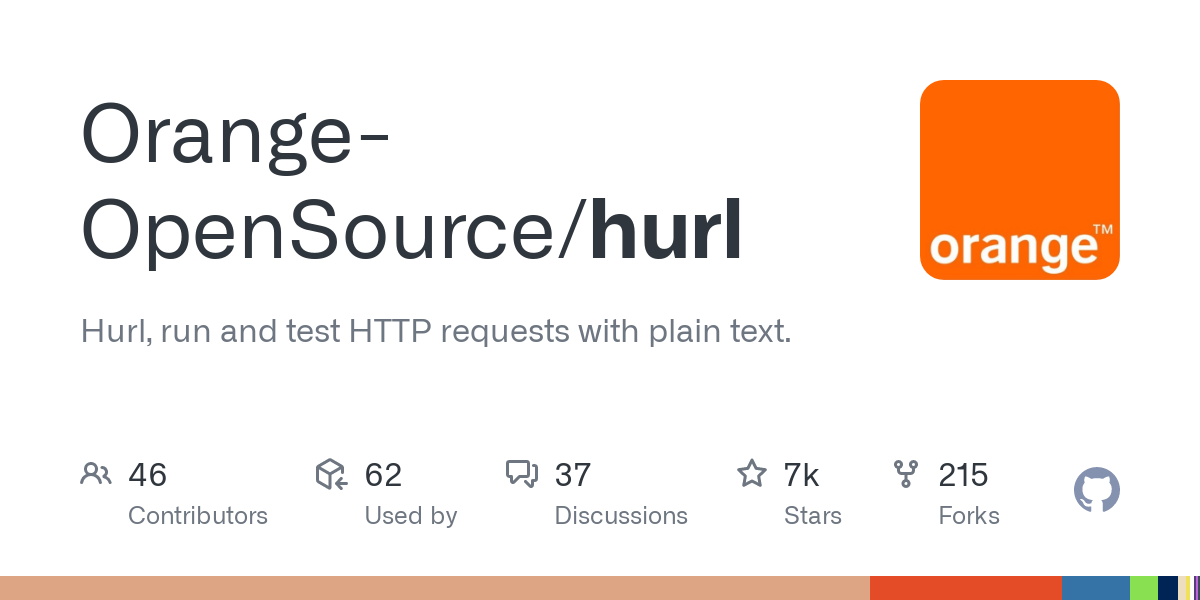
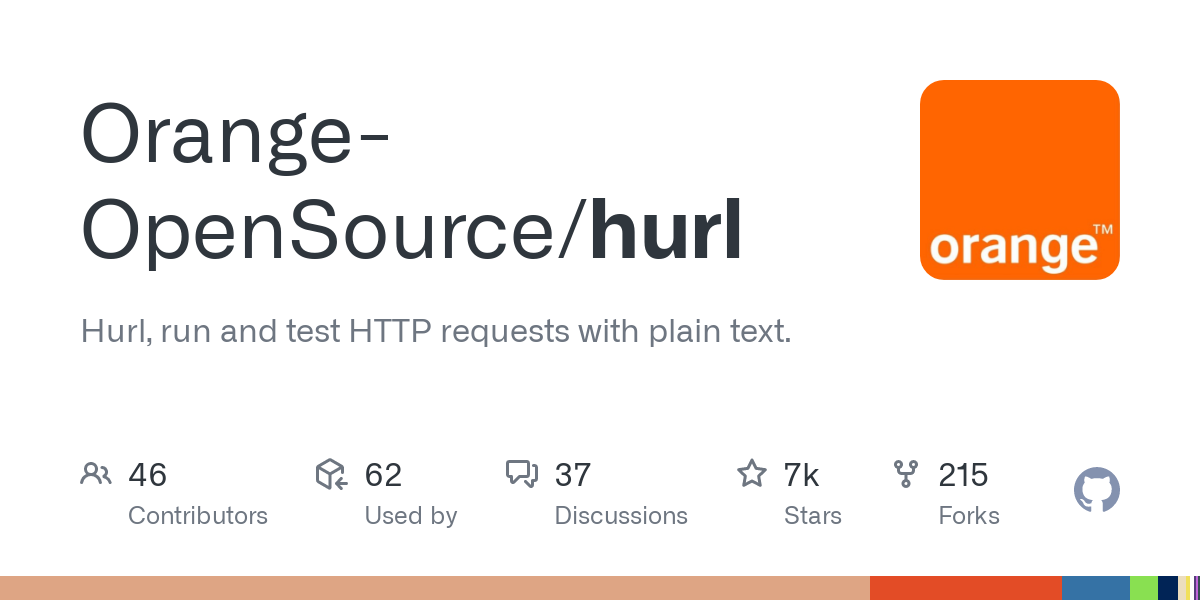
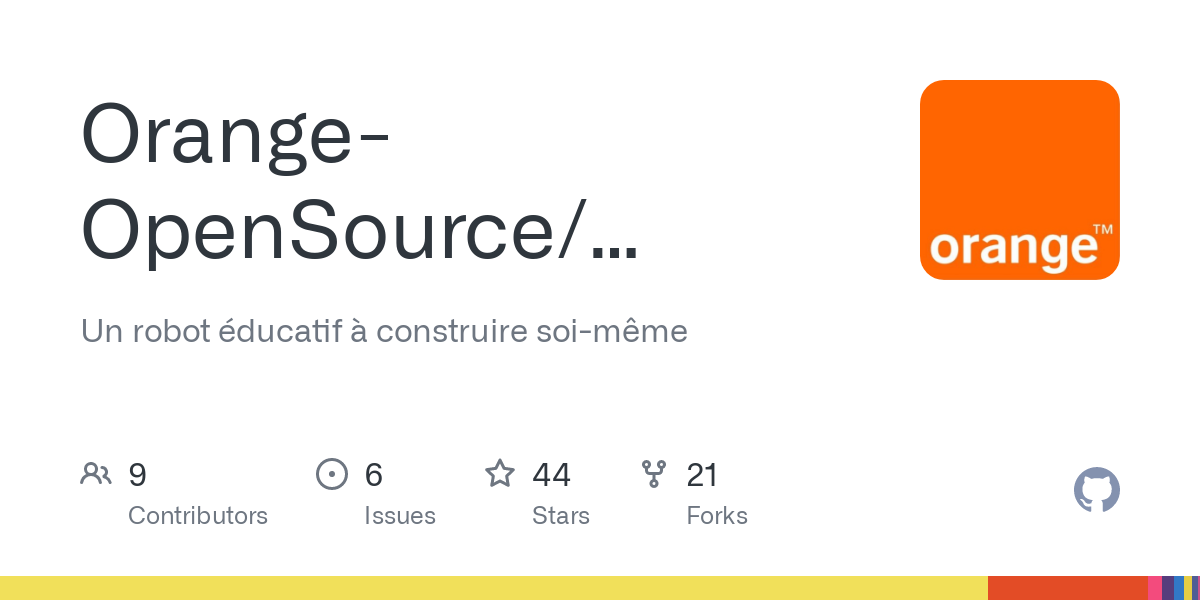


That is the reason why some developers are “full stack”. All computers are stacked 🤪